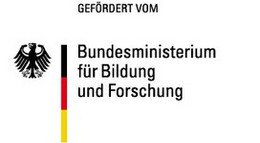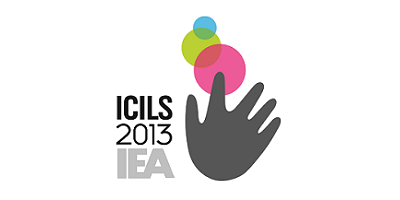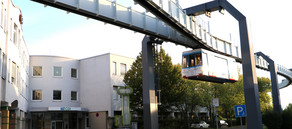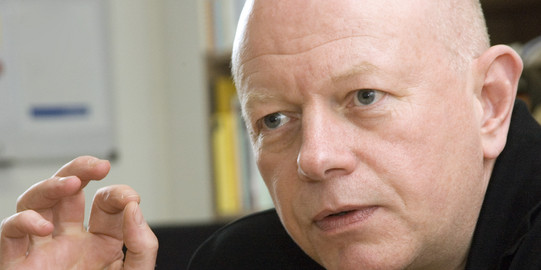International Computer and Information Literacy Study 2013
The ICILS 2013 study (International Computer and Information Literacy Study) was the first international comparison to measure information and computer-related competences of young people and to empirically record the school and extracurricular framework conditions for their acquisition.
Funding

Funding of a specialisation module by the Deutsche Telekom Foundation
Project description
The International Computer and Information Literacy Study (ICILS) 2013 is an international comparative school performance study that measures information and computer-related competencies of adolescents as cross-curricular competencies of students in grade 8. Germany has regularly participated in international school performance studies since the 1990s. Corresponding studies on the competence area of information and communication technology (ICT) have been missing until now. The ICIL study 2013 closes this gap: It is internationally coordinated by the IEA and, with its design, for the first time now takes up ICT literacy as a fourth key competence in the sense of a basic education construct.

The ICILS 2013 study is based on the fact that competent use of information and communication technologies is essential in our knowledge and information society. The skills to be tested in this study not only play an important role in many occupational fields, but also play a central role in everyday life due to advanced technology. For successful participation in society, mastery of information and communication technologies is a general cultural technique.
Worldwide, 21 education systems participated in ICILS 2013. Germany participated with a nationally representative sample of 2,225 students in the eighth grade and 1,386 teachers who taught in the eighth grade. The computer and information-related competencies of the students were recorded for the first time on a computer-based basis in a live software environment. In addition, student, teacher and school questionnaires were used to record the framework conditions of competence acquisition.
The ICILS 2013 study was a national and international milestone, as it takes into account the social and technical changes in the 21st century and deals with them using contemporary methods of empirical education and school research.
Lead researcher at IFS
Project management
- Dr. Julia Gerick
Project team
- Dr. Julia Weischenberg (geb. Kahnert)
- PD Dr. Ramona Lorenz
External project partners
- Prof. Dr. Birgit Eickelmann (Universität Paderborn), wissenschaftliche Leitung
Konsortium von ICILS 2013:
- Prof. Dr. Frank Goldhammer (Deutsches Institut für Internationale Pädagogische Forschung; Zentrum für internationale Bildungsvergleichsstudien)
- Prof. Dr. Knut Schwippert (Universität Hamburg)
- Dr. Heike Schaumburg (Humboldt-Universität zu Berlin)
- Dr. Martin Senkbeil (Leipniz-Institut für die Pädagogik der Naturwissenschaften und Mathematik)
Kooptierte Konsorten:
- Prof. em. Dr. Renate Schulz-Zander (TU Dortmund, IFS)
- Dr. Heike Wendt (TU Dortmund, IFS)






![[Translate to English:] [Translate to English:]](/storages/ifs-ep/_processed_/8/5/csm_AdobeStock_412860748_9a2dbb816c.jpeg)
